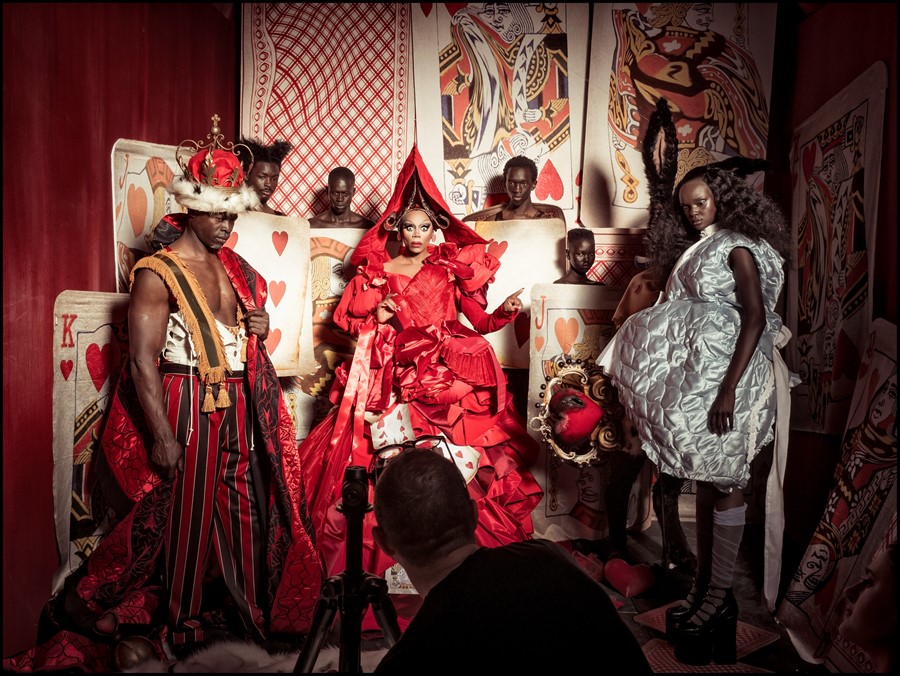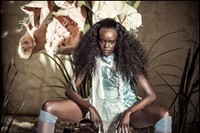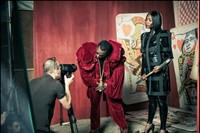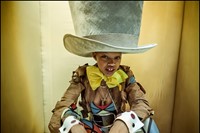The 45th edition of the iconic publication might be its most revolutionary yet. We take a sneak peek behind Tim Walker's lens
“I’m the beheader: I chop people’s heads off. And I like it,” says Naomi Campbell, clad in latex, on the set of the 2018 Alice in Wonderland-themed Pirelli Calendar, designed by Shona Heath, styled by Edward Enninful and shot by none other than Tim Walker. It’s Campbell’s fourth time gracing the annual’s glossy pages – this time around the legendary supermodel is playing ‘The Royal Beheader’. She participated in the calendar in her teens, 20s, 30s and now 40s, she says, but never before has it felt such a groundbreaking moment. “This calendar is gonna be a historic calendar. It’s gonna go down in the history of Pirelli. It couldn’t be more balanced and diverse which is something we all strive for each day. And Tim, we love you, you’re a hero and this is gonna be the best calendar ever.”
Campbell isn’t wrong, for the creation of the 45th iteration of the calendar is indeed a momentus occasion, as it features an all-black cast. Albeit, not for the first time, as in 1987 an edition was published comprised entirely of models of colour. This time around, though, the talent featured is far more eclectic: from RuPaul playing The Queen of Hearts, Whoopi Goldberg portraying The Royal Duchess, Lupita Nyong’o in the role of The Doormouse, Lil Yachty acting as The Queen’s Guard, and South-Sudanese model Duckie Thot playing the titular Alice in Walker’s Wonderland. When Thot enters the room she causes a collective gasp; under Enninful’s watchful eye she manifests as otherwordly. In a starched tutu, thigh-high organza stockings and Westwood platforms remarkably similar to the ones that caused Campbell’s gazelle-like fall on the runway in 1993, her statuesque frame is elevated to surreal heights. “Okay, I’ll start with the outfit. Pirelli being Pirelli, we’ve still got a little bit of skin,” she says, playfully flashing one buttock at the audience.

It’s Pirelli, yes, but not as we’ve known it before. In keeping with fashion’s much overdue championing of diversity, the calendar has departed of late from its reputation as a racy pin-up flick book tailored to the male gaze. In 2016, Annie Leibovitz shot the likes of Yoko Ono, Serena Williams and Patti Smith, with Peter Lindbergh capturing the faces of more ‘real women’, including Helen Mirren and Charlotte Rampling, the following year. Thanks to the collaborative power of its three visionary creators, Pirelli 2018 has moved even further away from its amorous origins. Adwoa Aboah, the British-Ghanian model and feminist activist who plays Tweedledee, agrees: “I’d heard about what the concept was, you know, being an all-black cast, and it including such an amazing group of both established and emerging talent. I’d seen so many other Pirelli calendars but this time, because it was Tim, I said yes.”
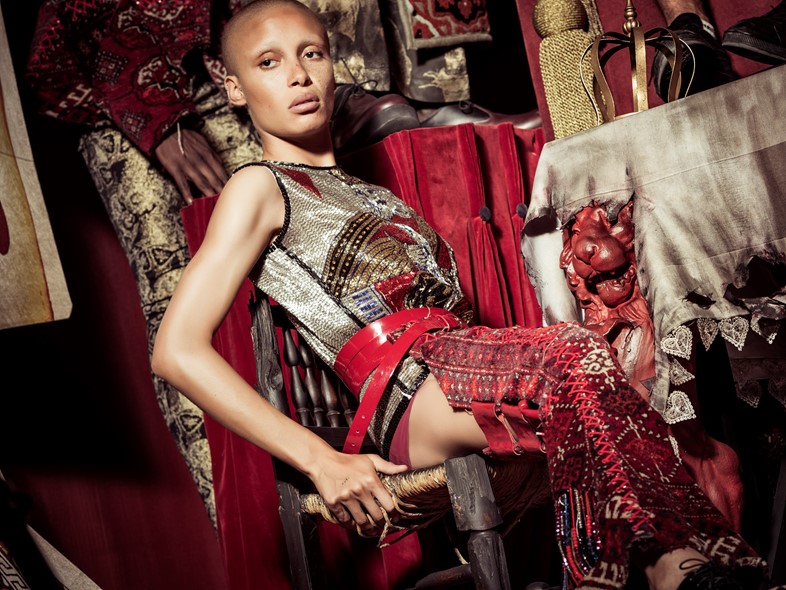
It’s difficult to brush off a prickly feeling of unease when the fashion industry starts throwing around buzzwords such as ‘diversity’, dismissing it as too little too late. But with the talent themselves, and an exemplary figure such as Enninful wholeheartedly behind it, this could prove to be monumental in converting the cynics. As Thando Hopa, South African sexual offence lawyer turned model explains: “when I was young, I didn’t have a single role model who looked like me, who could have been a source of inspiration or motivation.”
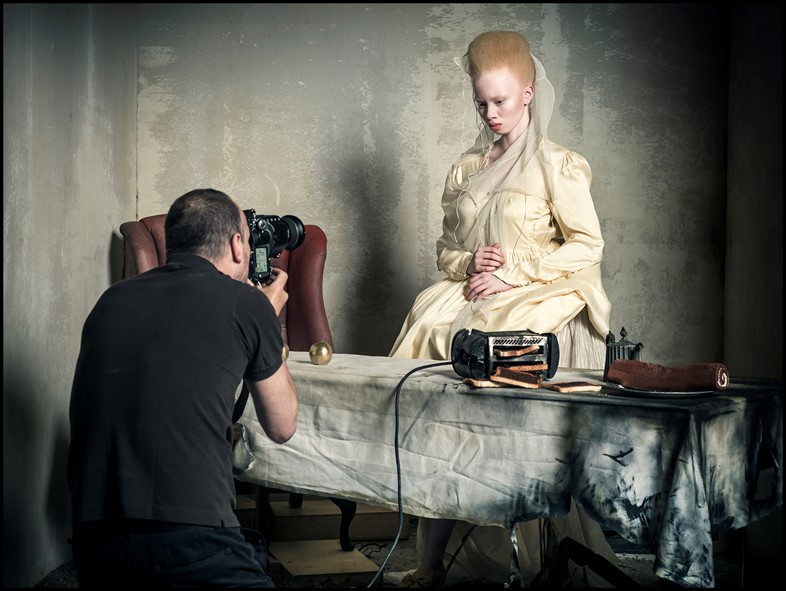
Hopa has albinism, and portrays The Princess of Hearts, wearing an off-white gown that highlights her ethereal appearance. She continues: “Any girl, whether she is black, or Chinese, or Indian, they should be able to have their own fairytale. Now obviously, Pirelli is not for kids. But it’s just an important step in counter-development, you know? To just push images that aren’t generic, that don’t conform to stereotypes. Images that are inclusive in every way and expand our imagination by not restricting people to certains kinds of narratives in those images. Alice can be anybody, that’s the whole point of it. Alice isn’t just a particular way. She can be anyone.” Here’s hoping that we see a lot more of this kind of integrity on billboards, runways and the pages of magazines, going forward.
